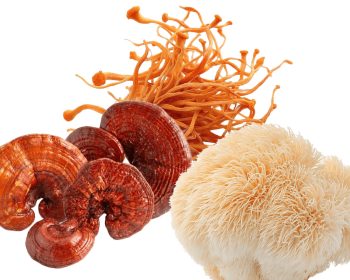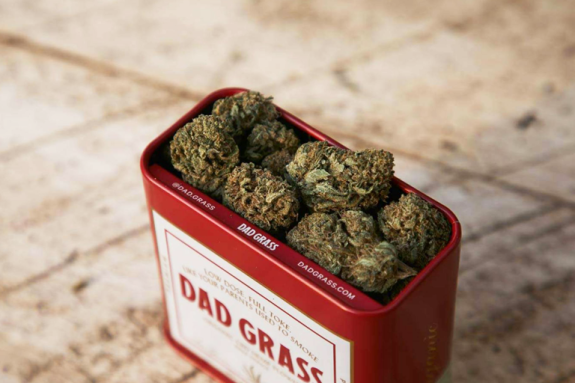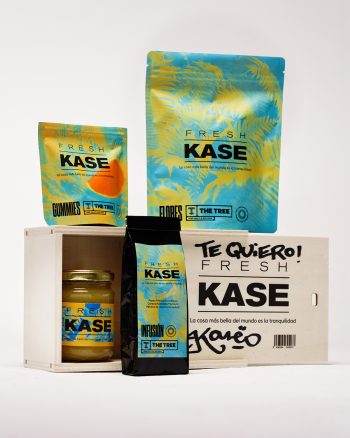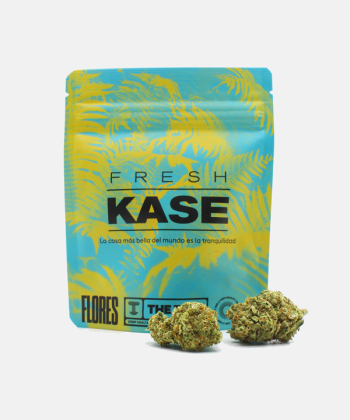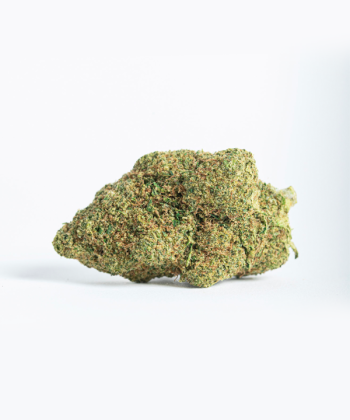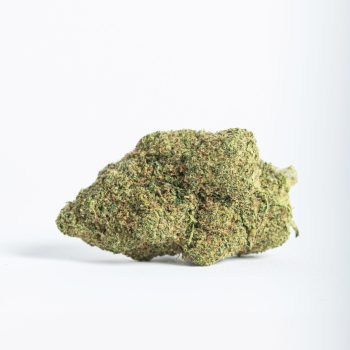Cannabichromene or CBC is one of more than 100 cannabinoids produced naturally by the cannabis plant. In the vast and complex universe of cannabinoids, chemicals that are capable of interacting with the bodies of certain animals, tetrahydrocannabinol (THC) and cannabidiol (CBD) have garnered the most attention, both in scientific research and in popular use.
However, beyond these well-known compounds, there is a set of cannabinoids that are less celebrated, but equally fascinating for their potential benefits and applications. Among them, cannabichromene (CBC) emerges as a compound of notable interest to science.
Discovered in the 1960s, CBC is one of the non-psychotropic cannabinoids found in the cannabis plant. Although it does not produce the intoxicating effects commonly associated with THC, CBC has attracted the interest of researchers due to its diverse profile of potential benefits.
Its chemical structure and mechanism of action, while sharing similarities with other cannabinoids, offer a unique window into new possibilities that we are only beginning to understand.
This article aims to explore cannabichromene: from its chemical structure and how it compares to other cannabinoids, to its extraction, potential benefits, side effects, and its legal and regulatory status.
THC vs. CBD vs. CBC: Comparing chemical structures
The world of cannabis is rich in chemical compounds, each with its own unique characteristics and effects on the body. Among these, tetrahydrocannabinol (THC), cannabidiol (CBD) and cannabichromene (CBC) are three of the most abundant cannabinoids in cannabis flowers.
Although these compounds share certain similarities, their differences in chemical structure are key to understanding their different effects.
- THC (tetrahydrocannabinol): This is the main psychotropic compound in marijuana. Its molecular structure allows it to bind to CB1 and CB2 receptors in the endocannabinoid system, producing the effects for which it is known¹.
- CBD (cannabidiol): Unlike THC, CBD is not psychotropic. Its chemical structure differs significantly from THC, so it acts as an antagonist of CB1 and CB2 receptors. This structural difference is crucial for its effects and properties.
- CBC (cannabichromene): CBC shares a similar molecular formula to THC and CBD, but with certain differences. These give it unique properties, such as a higher affinity for the CB2 receptor, which may explain its potential anti-inflammatory and analgesic benefits².
These differences underline the importance of continued research in the field of cannabinoids, as understanding the subtleties in their chemical structures can lead to the discovery of new uses and improve our understanding of how these compounds interact with the human body.
Properties of CBC
Cannabichromene (CBC) is one of the most promising cannabinoids found in the cannabis plant, although it is often overshadowed by its more famous relatives, THC and CBD.
CBC possesses a range of unique properties that have captured the interest of the scientific community, as this non-psychotropic compound exhibits significant potential, thanks to them.
- Anti-inflammatory: One of the most prominent properties of CBC is its ability to act as a potent anti-inflammatory, as proven in a 2012 experiment with laboratory mice³.
- Analgesic: CBC has also been shown to have analgesic properties, i.e. it can help relieve pain⁴. This could be especially useful for people seeking alternatives to conventional painkillers that often have undesirable side effects.
- Antimicrobial: CBC has been shown to have antimicrobial effects, meaning it can help fight certain bacterial and fungal infections⁵. Although this aspect of its properties is still being explored, it could eventually contribute to the creation of new antimicrobial treatments.
Finally, The Tree CBD reminds you that these are studies and that CBC applications are still being tested. Cannabinoids are not a substitute for any medical treatment. If you think you have any kind of health problem or want to treat any pathology with cannabinoids, it is always best to consult a medical professional and follow their recommendations.
References
- Pertwee, R. (2008). The diverse CB1 and CB2 receptor pharmacology of three plant cannabinoids: Δ9‐tetrahydrocannabinol, cannabidiol and Δ9‐tetrahydrocannabivarin. British journal of pharmacology, 153(2), 199-215.
- Udoh, M., Santiago, M., Devenish, S., McGregor, I. S., & Connor, M. (2019). Cannabichromene is a cannabinoid CB2 receptor agonist. British Journal of Pharmacology, 176(23), 4537-4547.
- Izzo, A. A., Capasso, R., Aviello, G., Borrelli, F., Romano, B., Piscitelli, F., … & Di Marzo, V. (2012). Inhibitory effect of cannabichromene, a major non‐psychotropic cannabinoid extracted from Cannabis sativa, on inflammation‐induced hypermotility in mice. British journal of pharmacology, 166(4), 1444-1460.
- Maione, S., Piscitelli, F., Gatta, L., Vita, D., De Petrocellis, L., Palazzo, E., … & Di Marzo, V. (2011). Non‐psychoactive cannabinoids modulate the descending pathway of antinociception in anaesthetized rats through several mechanisms of action. British journal of pharmacology, 162(3), 584-596.
- Turner, C. E., & ELSOHLY, M. A. (1981). Biological activity of cannabichromene, its homologs and isomers. The Journal of Clinical Pharmacology, 21(S1), 283S-291S.


